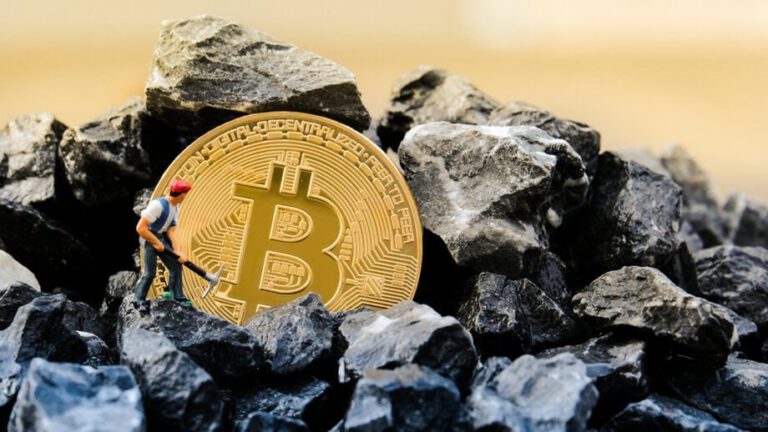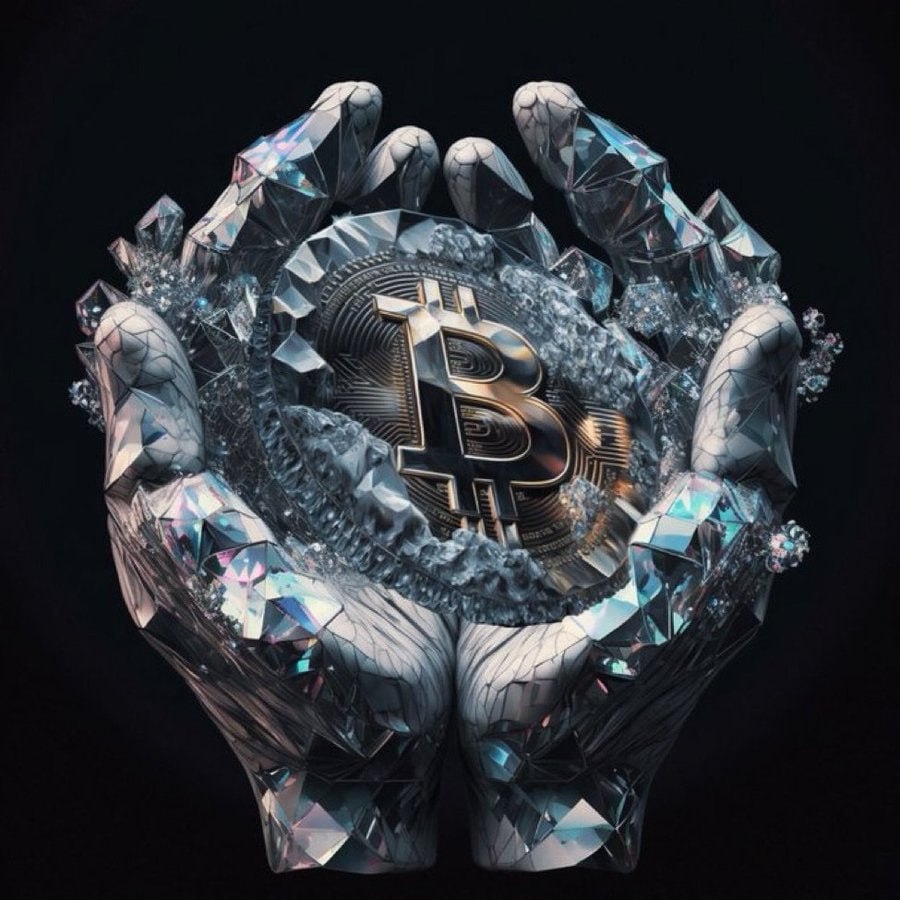In the digital currency market, there are various types and different methods for launching new coins into the cryptosphere.
To understand the different methods, we will focus in the upcoming article specifically from the perspective of the investor who conducts fundamental research in order to make a comfortable, secure and timed investment. After all, what’s the point of a coin launch if you’re not taking part?
First, we need to understand the basics of cryptocurrencies and tokens: A digital currency is issued on the blockchain network to enable decentralization and cryptography for security.
There is a difference between tokens and coins:
A digital coin will be created on its own independent blockchain network based on the established infrastructure.
A digital token will be created and supported on an existing blockchain network and will use the network’s unique capabilities to secure, enable access, manage loads and operate efficiently with the project and use case of the token.
In recent years, a central factor in offerings has been the difference in launch methods.
Some of the methods will face increased regulatory scrutiny, and the launch may be an accelerating/delaying factor in regulatory adoption. For short-term investors, this may not matter during the offering itself, but later stages of token or coin growth where adoption occurs may experience such delays. This could leave the current-gen cryptocurrency behind or conversely cause others competing in the same niche to progress ahead of it.
When a token is launched in the crypto market, we will know in advance which blockchain network the offering will take place on, for example – Coffee token will be launched on the Ethereum blockchain network on one of the required standards such as – ERC-20.
If we want to participate in the launch, we will likely need to perform several actions on the Ethereum network, hold ETH as the management currency on the network to assist us in signing the transaction on the blockchain that will also include ETH Gas Fees.
A little before we dive into the different offering methods, it’s important to gather as much information as possible about the upcoming launch:
-The total supply of the coins
-The coin supply to be distributed in the offering and future distribution method
-The expected use case of the coin, what people will be able to do with it
-The coin community – level of activity, amount of supporters, number of active users
-Marketing and distribution – look for marketing on social networks and that it is not misleading
And now, to the interesting part, the offering methods.
VC Launch –
A concept used for preliminary understanding regarding the launch of a particular project.
This type of funding happens through venture capital funds and is provided by companies or funds for financing early-stage startups and growing companies that were considered to have high growth potential or those that demonstrated high growth over a period of time.
In the crypto space, a VC Launch is an in-depth stage of examining a project before early investment or entry via trading bots.
First, we would want to understand who the launchers and creators of the project are and ensure they have done everything diligently.
Subsequently, the early investors will also be the official promoters of the project, in a sense they are its ambassadors.
The common claim about the level of suspicion in projects built as VCs is that not all investors are essential to the project and that some are only driven by profit interests and not promoters.
This could lead to an early exit after launch as a quick and profitable abandonment strategy.
In contrast, small hungry teams with a supportive community will be excited about this investment and share it with community members as a small step on a larger journey, allowing us to learn more about the project’s trajectory.
A small tip – there are ways to verify what the lock-up period is for the tokens issued and allocated to VCs, this will help you.
Fair Launch –
A “fair launch” will be aimed at the initial distribution stage, with the hopes of the launchers focused on broad distribution that will reward users, operators, and early supporters alike.
Part of the purpose of this type of launch is to arouse the desire of early supporters to be actively involved and be rewarded by helping to establish the project in more advanced stages.
(For example – staking on the tokens for long periods).
A launch in this method usually comes with its “I believe” that community is power!
On the less positive side of this approach, the project’s progress is highly dependent on the communication harmony between the founders, investors and community members.
Another common issue is the incorrect calculation of incentives by the founders and distributors in the early stages of the project.
Quick enrichment after the launch is not proportional to the continuation of the project, when this view is short-sighted and usually intended to rake in launch money – stay alert👀.
A fair launch does not preclude investments by large investors, and as long as the share and capital grows, the game tends to favor them here as well.
If these large investors do not intend to promote the project, then the disadvantages of the two types of launches recur here – a large, short-term investment could cause the token price to be highly volatile.
In the crypto world, the strategy is to give everyone the ability and opportunity to hold, purchase and hold an equal and uniform amount of tokens, so also pay attention to the number of wallets holding a large percentage of the existing token supply.
Stealth Launch –
A stealth launch.
This is a technique where the contract address holding the token is published after its public launch on the blockchain network.
The tool is used to prevent leveraged trading or one similar to a malicious pump and dump enabled by the purchasing bots at the launch stage.
Today, in almost every blockchain scanner associated with the network on which the token will be launched, you can use tools to prevent scams waiting around the corner.
Here is a site that assists in checking on the BNB network.
Fair Stealth Launch –
This is essentially a combination of a fair launch with a stealth launch. In one way or another, it is possible to limit the smart contract so that after the launch, traders and buyers will not be able to sell more than a certain percentage of their holdings.
The full official contract addresses will only be published after the distribution of the “initial liquidity” and the limited amount.
A small tip – there are various tracking and prevention tools such as Rugdoc
SAFU –
Secure Asset Fund for Users.
A concept used as an emergency insurance fund launched by Binance in July 2018 to protect users’ money and assets and ensure their security.
Thus, the fund or project with active involvement serves as a protection measure to compensate users in case of losses due to unforeseen circumstances, such as security breaches or technical failures.
Communities thus use this concept to insure their investors.
The term was coined by CZ, the exchange’s founder who created a market security trend.
When you enter a coin/token launch that stands behind its definition as SAFU, you are headed in the right direction.
Honeypot –
In crypto – the honeypot is a honeypot case referring to a trap set up to identify and exploit malicious activities, such as hacking attempts or the use of a smart contract concealing a scam that can be missed in case of rash investing.
Honeypot attacks work because people are easily deceived, just like with other types of scams.
The speed and ease with which investors enter new projects and chase rumors or inflated digital marketing is the same speed at which hackers will drain their wallets.
Honeypots are smart contracts that only appear legitimate but allow an arbitrary user to liquidate and withdraw all deposited funds from the contract.
The user sends a certain amount of coins and tokens to the smart contract, the user’s money will be locked, and only the creator of the honeypot attack (the attacker) will be able to redeem them.
The action will usually take place in three steps –
The attacker deploys a smart contract that the user will have to deal with.
The scam victim is unaware that when they deposit funds into the smart contract or token, there is an action that does not allow them to withdraw.
The attacker withdraws the funds and the victim loses all transaction purposes.
An excellent example of such a case was a combination of the two methods for the purpose of fraud –
Do you remember the Dino games?
A project that was initially overhyped around the series and then around the launched token, except few people bothered to look at the smart contract and see that only buy orders could be executed without the ability to sell.
Watch a short video of the moment the token disappeared.
RUGPOOL –
So you’ve probably encountered the term before and wondered why everyone is talking about it and what’s so dangerous about a rug pull.
Simply put, the term describes a “rug pull.”
A rug pull is a way in which the ground is pulled out from under you as an investor, and you essentially realize you’ve “fallen,” so what do you do?
When it comes to the use of bots, and especially when it comes to finding a token that has just launched and is gaining attention, you need to investigate and check the information below the surface, and only then calculate the move and the risk and consider taking action.
Here, every moment is critical!
We’re talking about a very narrow window of opportunity, but one that’s open to exploitation and highly rewarding when the token that falls is because the coin is legitimate and not because the coin’s graph disappears!
But before we cut profits and multiply our money many times over, let’s pause for a moment and understand how to perform a Rug Check.
Rug Check – In the rug check, we can verify the legitimacy of the token.
When a token is launched, its launchers are also the ones holding the inventory, and this is where the first hurdle we want to overcome may lie.
A detail that requires us to take active action, which we will break down into several steps:
First –
We’ll go to one of the scanners at our disposal on the poocoin site or one of the scanners of that blockchain or any available interface for scanning addresses related to the network on which the token we’re examining resides.
There we will check the percentage of holdings owned by the Devs (developers).
If and when you find that the main holder with the highest percentage is held at a wallet address (not a contract address), the likelihood that it is a rug pull is high.
After that, we will want to check the number of wallets holding the token. As logic dictates, the more wallets there are, the less likely the developers are to create a rug pull – this detail also depends on the holding percentages.
Let’s say a coin called Lafacoin is released to the market with a total supply of one million lafas.
And let’s say the number of wallets holding lafas is 57,000.
We’ll continue checking, if we see that there are less than 1000 transactions per day when the coin has already been out for a day or two, that’s a cause for concern.
Another important thing to pay attention to is the times and frequency at which the transactions took place in order to verify activity and load on the network.
And with that, we can summarize and look at opportunities from above while taking actions that will reduce risk, increase chances, and most importantly, enhance our security capabilities and awareness of projects launching a coin/token that could be the next big thing.
Good luck



















